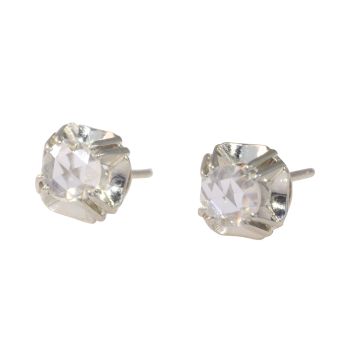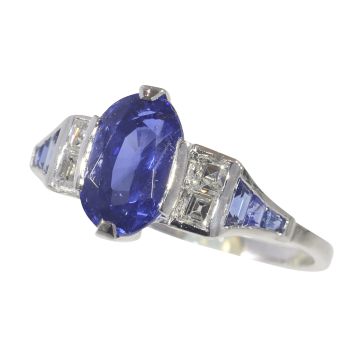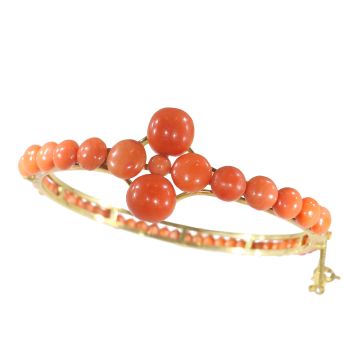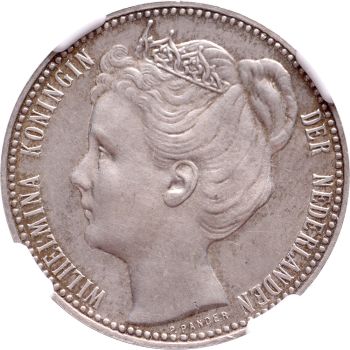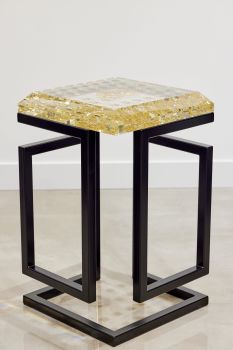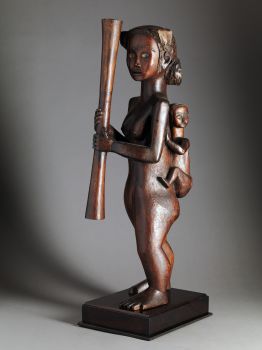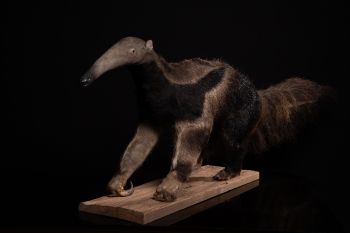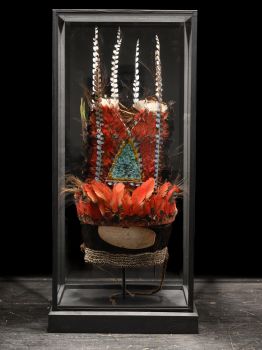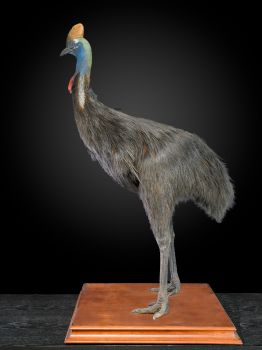19th C SCALED MODEL OF A CHINESE WORKSHOP WITH 17 POLYCHROMES TERRACOTTA FIGURES 1880 - 1900
Artista Sconosciuto
80 ⨯ 129 ⨯ 81 cm
ConditionVery good
€ 85.000
Spectandum Gallery
- A proposito di opere d'arteThis diorama of an artisanal workshop groups 17 Chinese polychromed-decorated nodding head figures dated from the 19th C. Thirteen have nodding heads and are portraits of individuals, and some served as generalized representations of their trade class and occupation. Terracotta figures became popular as objects of curiosity that communicated the costumes and customs of Chinese culture. These figures were usually constructed by moulding clay and were then allowed to air dry and covered in a fine paper. Gesso was applied and the figures were decorated with a water-based gouache. Since these objects were not glazed nor fired in a kiln and are therefore more fragile, they experienced greater wear over time. Although the specific manufacturers and dates of such figures are comparatively rarely recorded, a documented pair of more elaborated nodding-head figures dating to 1803 'copied from the life and brought from Canton’, are in the collection at the Peabody Museum in Salem, Massachusetts (C.L. Crossman, The China Trade, Woodbridge, Suffolk, 1991, p.317, col.pl. 112). Similarly, a group of nodding-head figures were sold from the collection of David Style, Esq., Christie's house sale, Wateringbury Place, Maidstone, Kent, 31 May-2 June 1978, lots 200-204.This diorama was made for an international European exhibition; most probably “Kina I Tivoli” in the Tivoli gardens in Kopenhagen-Denmark 1902.We acquired them from a Danish private collection
- A proposito di opere artista
Può succedere che un artista o un creatore sia sconosciuto.
Alcune opere non sono determinate da chi sono state realizzate o sono state realizzate da (un gruppo di) artigiani. Esempi sono statue dell'antichità, mobili, specchi o firme non chiare o leggibili ma anche alcune opere non sono affatto firmate.
Inoltre puoi trovare la seguente descrizione:
•"Attribuito a …." A loro avviso probabilmente opera dell'artista, almeno in parte
•“Studio di ….” o “Officina di” A loro avviso un'opera eseguita nello studio o nella bottega dell'artista, eventualmente sotto la sua supervisione
•“Cerchio di…” A loro avviso un'opera del periodo dell'artista che mostra la sua influenza, strettamente legata all'artista ma non necessariamente al suo allievo
•"Stile di..." o "Seguace di..." A loro avviso un'opera eseguita nello stile dell'artista ma non necessariamente da un allievo; può essere contemporaneo o quasi contemporaneo
•“Modalità di…” A loro avviso un'opera nello stile dell'artista ma di epoca successiva
•"Dopo …." A loro avviso una copia (di qualsiasi data) di un'opera dell'artista
•“Firmato…”, “Datato…” o “Iscritto” A loro avviso l'opera è stata firmata/datata/inscritta dall'artista. L'aggiunta di un punto interrogativo indica un elemento di dubbio
•"Con firma....", "Con data...", "Con iscrizione..." o “Riporta firma/data/iscrizione” a loro avviso la firma/data/iscrizione è stata aggiunta da qualcuno diverso dall'artista
Sei interessato ad acquistare questa opera d'arte?
Artwork details
Related artworks
- 1 - 4 / 12
Artista Sconosciuto
The Stamford Raffles Secretaires.1800 - 1813
Prezzo su richiestaZebregs & Röell - Fine Art - Antiques
1 - 4 / 24- 1 - 4 / 7









